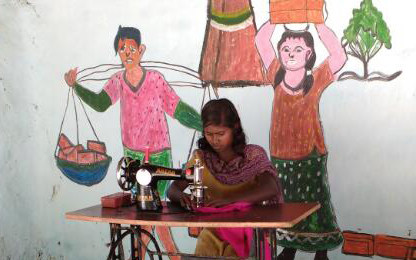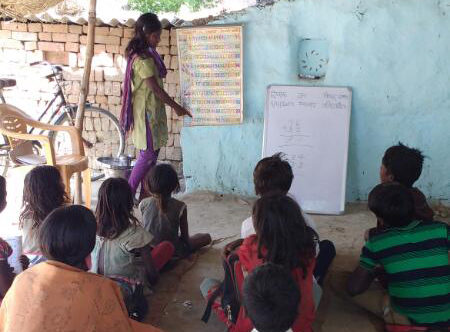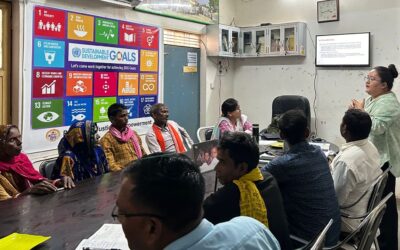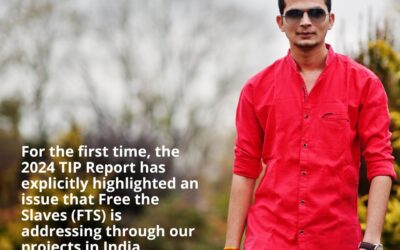Today is the World Day Against Child Labor, and we are proud to share with you a remarkable story of a girl freed from slavery in India.
Pooja and her family live in Varanasi, on the banks of the Ganges in northern India. Her parents were trapped in slavery at a brick kiln.
In debt bondage, slaves are chained to an illegal financial obligation they are forced to repay through endless labor. The crushing mechanisms of forced labor are insidious, humiliating, and powerful. Slaves are paid only enough to stay alive to work another day. Debt bondage can enslave entire families, for generations.
Pooja’s mother and father didn’t understand or value education. Since Pooja was a girl, they didn’t see any point to it—a sadly common belief in their community. So they forced her to work with them at the brick kiln. Sometimes Pooja would ask to go to school, like a normal child. Sometimes her mother would beat her when she asked.
Pooja was living a life of slavery, endorsed by her own enslaved, persecuted parents. She was only 14 years old, desperate and miserable.
A Family Transforms Their Life
Our India partner organization, MSEMVS, recognized the vulnerable state of her community and identified her village as a hot spot of debt bondage slavery. Field workers started holding one-on-one and group meetings with community members. Soon the MSEMVS team established a community vigilance committee; the CVC’s regular meetings raised awareness among the high-risk villagers about debt slavery.
Vulnerability drives slavery in India. Debt bondage is illegal, but impoverished villagers do not know their rights. Lacking financial and educational resources, they are likely to borrow from predatory moneylenders during times of crisis. Widespread caste-based discrimination also puts entire communities at risk.
Pooja’s mother first avoided the CVC meetings. But the MSEMVS community worker kept seeking her out, talking to her privately, until she was at last convinced to attend. She heard a special BBC radio program about bonded labor, child labor, and the importance of school.
In Pooja’s village, many children are denied an education. They live desperate lives deprived of basic rights. MSEMVS decided to found a non-formal education center to help children and their families resist slavery.
Pooja’s mother joined a grassroots self-help group and started saving a little money every month. Then she started livelihood training, learning to sew and tailor. Once, her life was defined by the brutality of slavery. Now she’s creating a life of freedom and self-reliance. Knowing a trade brings opportunity, and the ability to resist re-enslavement.

The MSEMVS team was even able to convince Pooja’s mother to enroll her in school. Mom makes sure her daughter gets there every day on time.

Pooja and her family are role models for their village. They prove that when communities are given the resources to unite and fight slavery, they do.
Our Solutions in India
Can you help people like Pooja and her family? Please donate today.
Slavery is everywhere in India—at brick kilns, rice mills, embroidery factories, quarries, and farms, in roadside brothels and private homes. Free the Slaves helps slavery’s victims recognize that freedom is possible. We help communities plan their escape. We prevent others from taking their place in slavery.
FTS and our partners work on the front lines in India’s slavery hot spots to empower communities through rights education, freedom plans, CVCs, and transitional schools. Our Community-based Model for Freedom really works. For more information, visit our India webpage.



